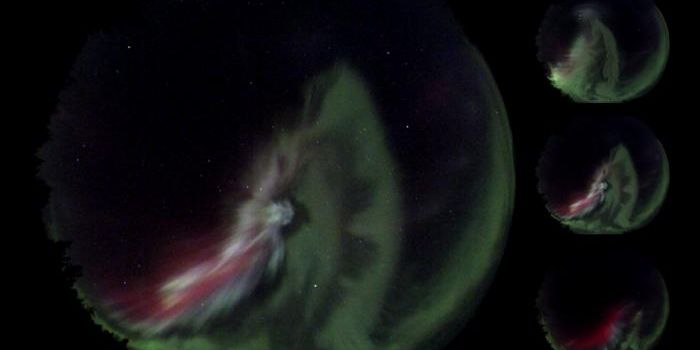Is it possible to degrade PFASs?
Have you ever heard of PFASs? Also known as per- and polyfluoroalkyl substances, these synthetic chemicals built of carbon and fluorine atoms have the most unbreakable bonds in organic chemistry. That’s why PFASs are called forever chemicals and are used in everything from cleaning products, polishes and waxes, food packaging, stain and water repellent fabrics, firefighting foams, carpets and countless other household and industrial products.
This sounds great, right?
Wrong. Because those forever chemicals aren’t staying inside those handy-dandy products. No, they’re leaking into water supplies and because they don’t biodegrade, they’re accumulating in our environment and in our very own bodies.
But this isn’t a new problem. Because PFASs have been in our systems since the 1950s, researchers have been trying to figure out how to manage forever chemicals since…well, forever. And recently engineers at UC Riverside have made progress by showing a way to break down PFASs in water. Their findings are published in Physical Chemistry Chemical Physics.
First author of the paper Sharma Yamijala is a postdoctoral researcher in the Marlan and Rosemary Bourns College of Engineering. Yamijala figured out that it is possible to use excess electrons to break the carbon-fluorine bond of PFASs in water. This process subsequently leaves by-products that could be capable of accelerating the process.
"In a real water treatment scenario, the excess electrons could come from metal-containing compounds placed in the water under ultraviolet radiation. The electrons from these compounds will interact with the PFA molecules and break them," Yamijala said.
While the discovery that this is process is possible is not so new, understanding why it happens was exciting for the engineers. "People knew you could do this but didn't know why," said senior author Bryan Wong, an associate professor of chemical and environmental engineering. "Our simulations define the bigger picture that we can refine to find ways to break down PFAs faster or more efficiently in the future."








